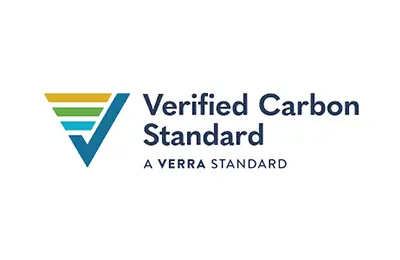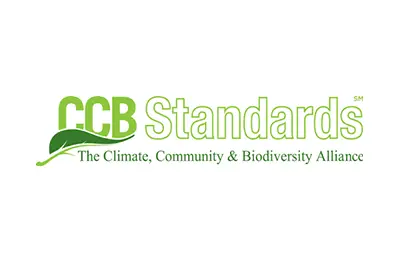Located in the Brazilian state of Acre, this project is protecting an area of tropical forest that would have otherwise been converted for lumber harvesting and cattle ranching. The avoided deforestation prevents emissions and maintains critical habitat for wildlife, while improving the livelihoods of communities living in the vicinity.
Where & Why
The Envira Amazonia Project is located in an area of the Southwestern Amazon that is heavily affected by deforestation. The project area is approximately 25 miles away from the city of Feijó, near Brazil’s borders with Peru and Bolivia.
The Southwestern Amazon is an area of immense biodiversity. More than 20 threatened species and 40 endemic species can be found within this region including woolly monkeys, giant anteaters, spider monkeys, and giant armadillos.
Along with this abundance of plants and animals, approximately 50 families live within the project area and the surrounding vicinity. These communities are highly dependent on the forest for their livelihoods. Most of the families are former rubber tappers, but these activities ceased when rubber prices crashed in the late 1980s and early 1990s. Today, many families practice subsistence agriculture and raise small animals such as pigs, chickens and ducks. They rely on the forest for food, fuel, building materials, and medicinal plants. Along with the forest, the nearby Envira, Jurupari, and Purus rivers provide critical services for the families that live in the area. This includes water for drinking and bathing, transportation routes, and food.
Though communities live within the project area, the land is privately owned. Prior to the project, the land owner planned to clear-cut the forest and establish a large cattle ranch to generate income. Without this project, this conversion would have happened and the subsistence agriculture and small-scale cattle ranching by local families would likely shift to adjacent areas.
Along with releasing carbon emissions into the air, the conversion of this forest into pasture land would jeopardize the survival of local communities and wipe out local biodiversity. Furthermore, critical functions of these forests, such as flood control, would be lost, and livestock farming could lead to river pollution.
How & Who
This project is avoiding the deforestation of 39,300 hectares of the Amazon rainforest. Over its initial 10 year crediting period, the project will reduce 12.5 million metric tons of CO2 by maintaining the forest’s existing carbon stocks.
To ensure the forest remains intact, the land owner signed a voluntary agreement to forgo their planned deforestation activities and enable this conservation project. Specifically, the agreement prohibits the land owner from clearing the forest for logging, ranching, agriculture, road construction, or other purposes. In turn, the land owner receives revenue from the sale of carbon offset credits. These earnings replace the revenues they would have received from the planned logging and cattle ranching activities.
Along with preventing the planned conversion by the land owner, the project is also taking steps to mitigate unplanned deforestation. The project is accomplishing this by addressing the underlying pressures that are driving deforestation in the wider region. Several activities are being implemented to engage families living within and around the project area. A resident who is appreciated by the local community was hired as the project manager. Along with his assistant, he is conducting routine patrols to detect and halt deforestation.
Furthermore, the project is educating residents on improved agricultural techniques that are less destructive and use less land. Courses will be delivered on several key topics including alternatives to the use of fire in land preparation and improved pasture management. To ensure women are able to participate in these trainings, childcare will be provided during the courses.
To provide alternative income sources, the project will equip communities with the knowledge and skills to collect and sell sustainable forest products, such as açaí berries and medicinal plants. As rubber prices have rebounded, the project will also revive the local rubber tapping industry by cultivating rubber trees on deforested land and educating communities on best practices. These alternative economic activities will provide added value for local communities while reducing pressure on the forest.
The project will also provide additional benefits that improve the living conditions of local communities. This includes building a health and dental clinic, installing community toilets, and distributing hygiene kits and medication. Furthermore, the project will strengthen local land rights by granting families ownership of the land they are already using. Many of the project activities will also boost community resilience to climate change. For instance, the agricultural courses will incorporate climate change adaptation techniques and the new health center will help to mitigate potential increases in mosquito-borne illnesses.
By implementing this project and its associated social programs, deforestation in the region will be reduced, biodiversity will be preserved, and community livelihoods will be improved.
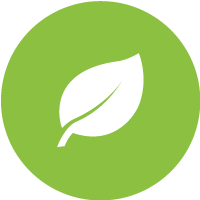
Environmental Benefits
- Mitigates climate change by preventing deforestation
- Protects 39,300 hectares of tropical forest
- Safeguards critical wildlife habitats

Community Benefits
- Improves community access to healthcare services
- Trains communities on sustainable agriculture
- Creates alternative economic opportunities
- Helps local families secure land tenure rights
- Generates employment opportunities
- Improves sanitation and hygiene
Project Type

Forests
Location
Annual CO2 Reduction
1.26 million metric tons CO2e (annual average for crediting period)
SDGs Supported
Verification Standard
Project Developers
CarbonCo, Carbon Securities, and JR Agropecuária e Empreendimentos EIRELI
Project Documents
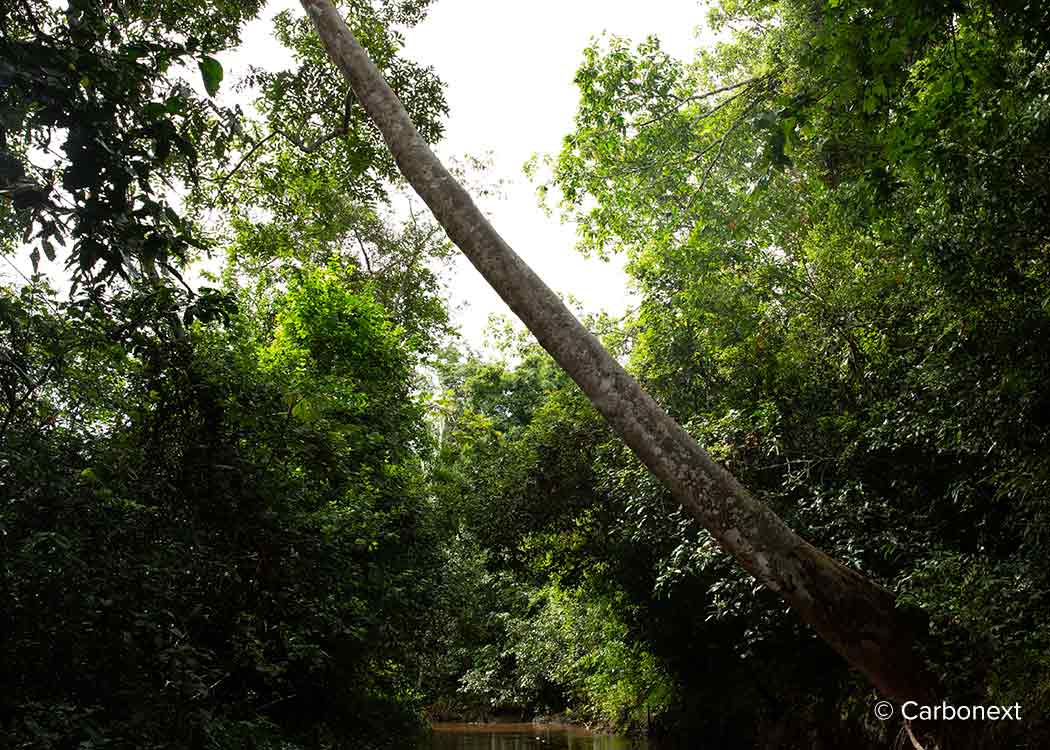
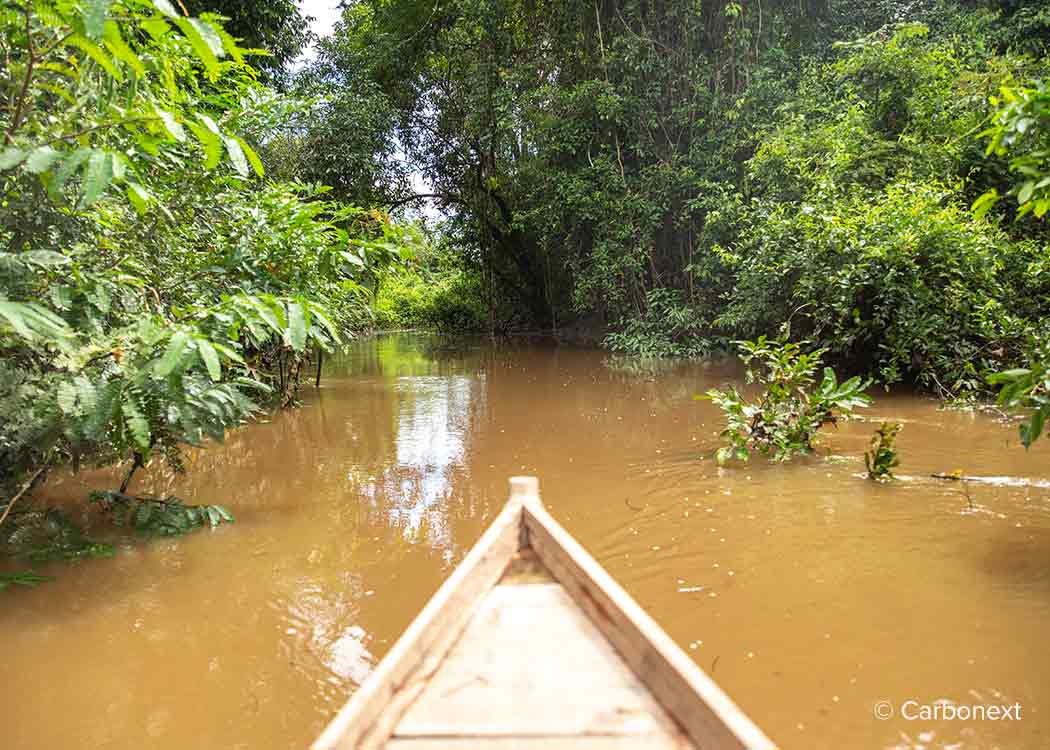
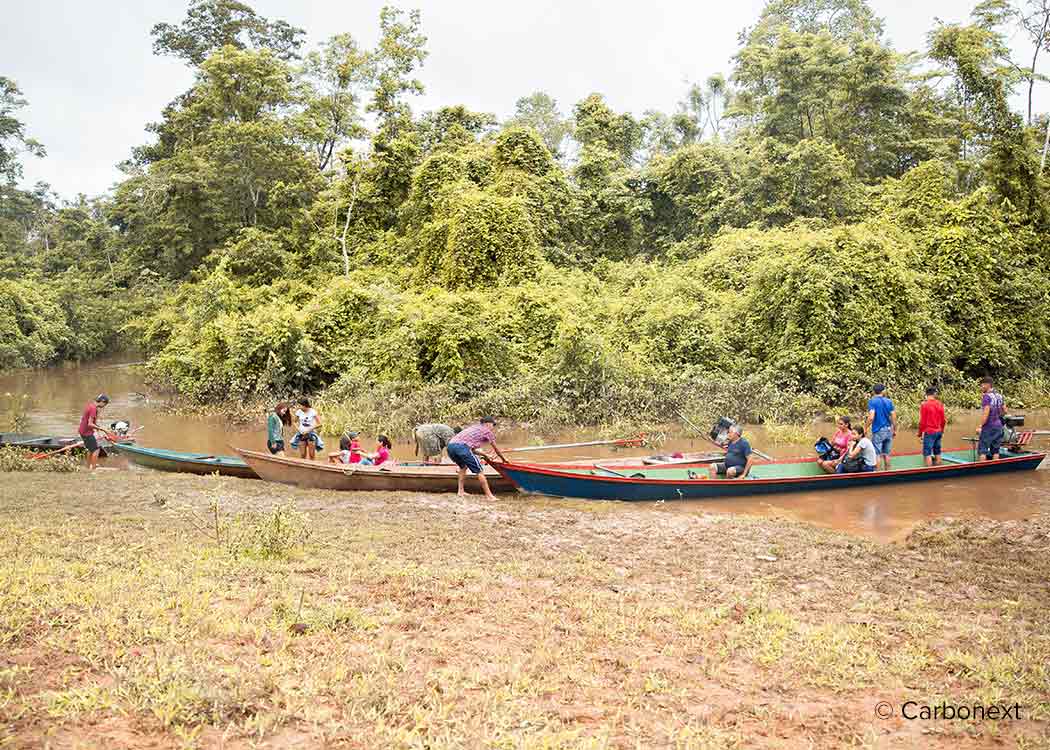
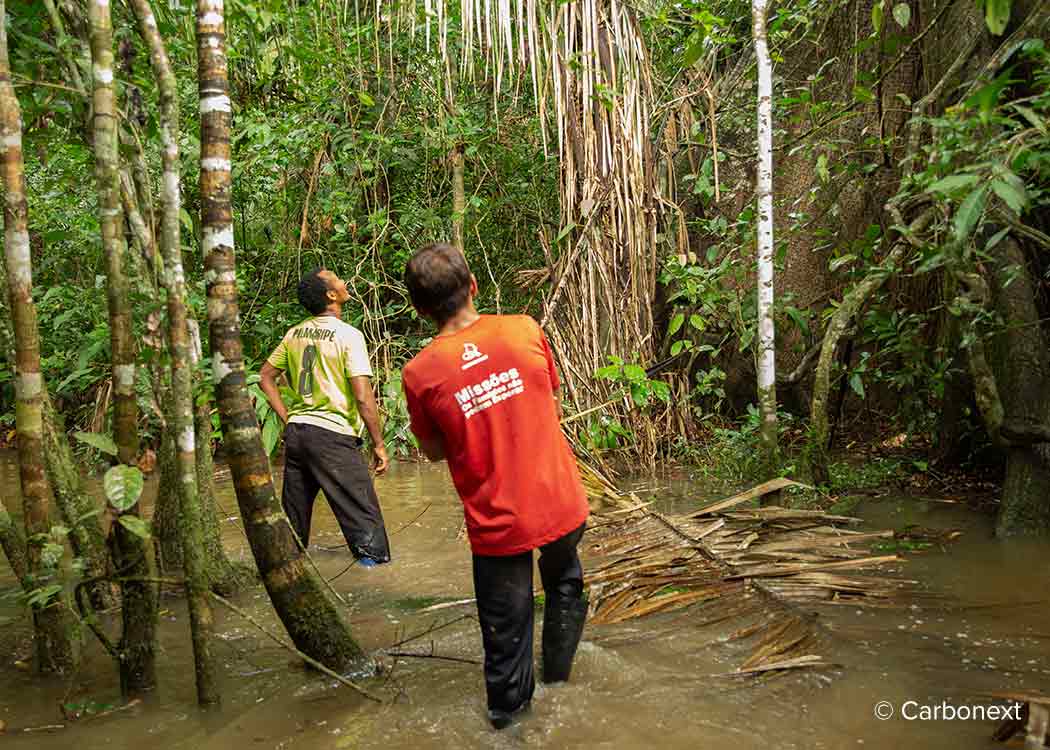
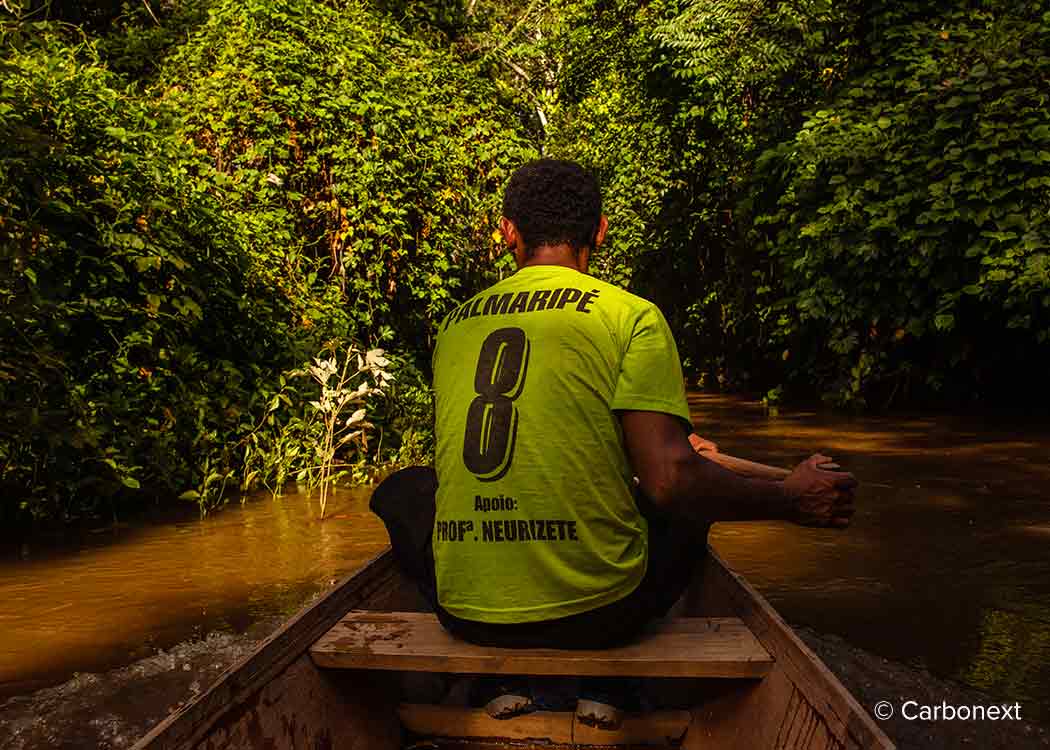
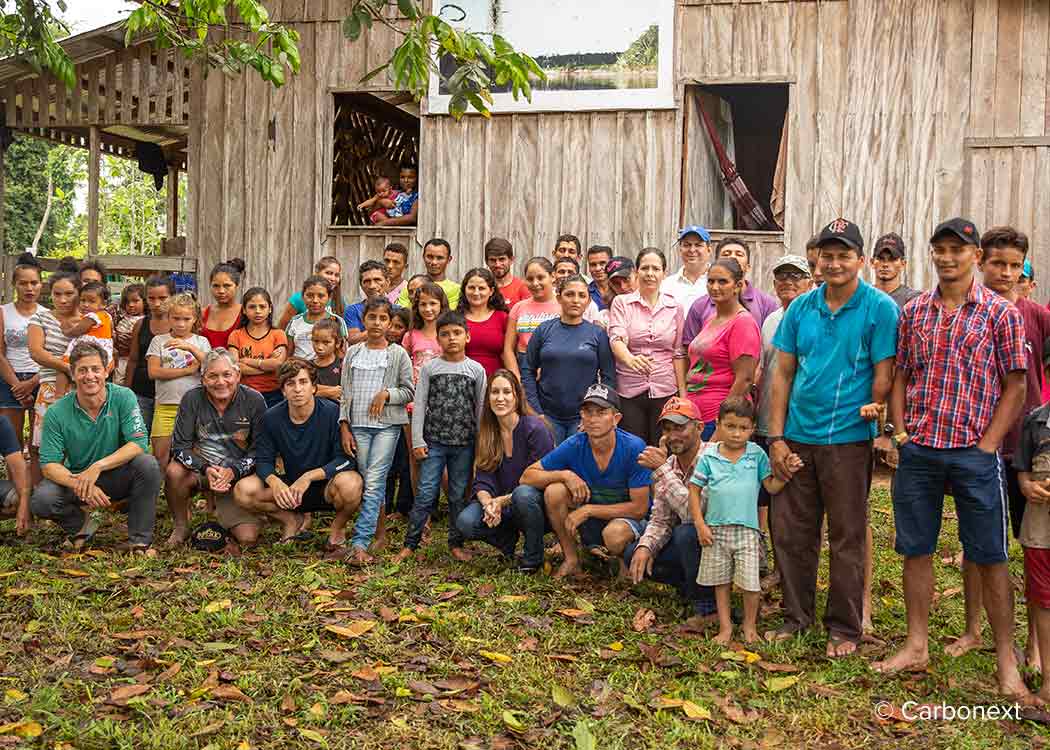
Offset your Travel Footprint
Calculate and offset the carbon footprint of your flight in seconds via our online carbon calculator. Already know your carbon footprint? Click the option to “offset now.”



















